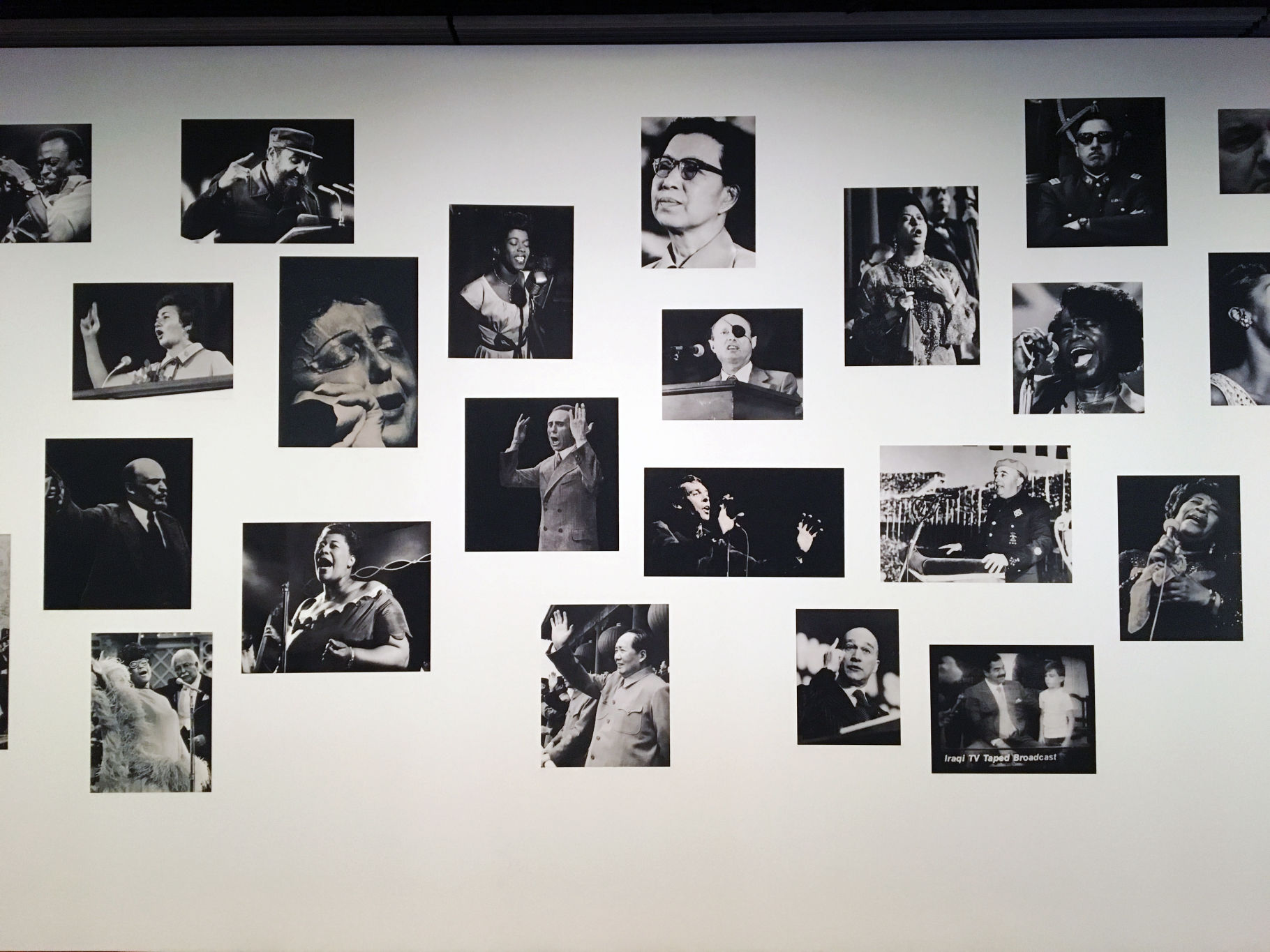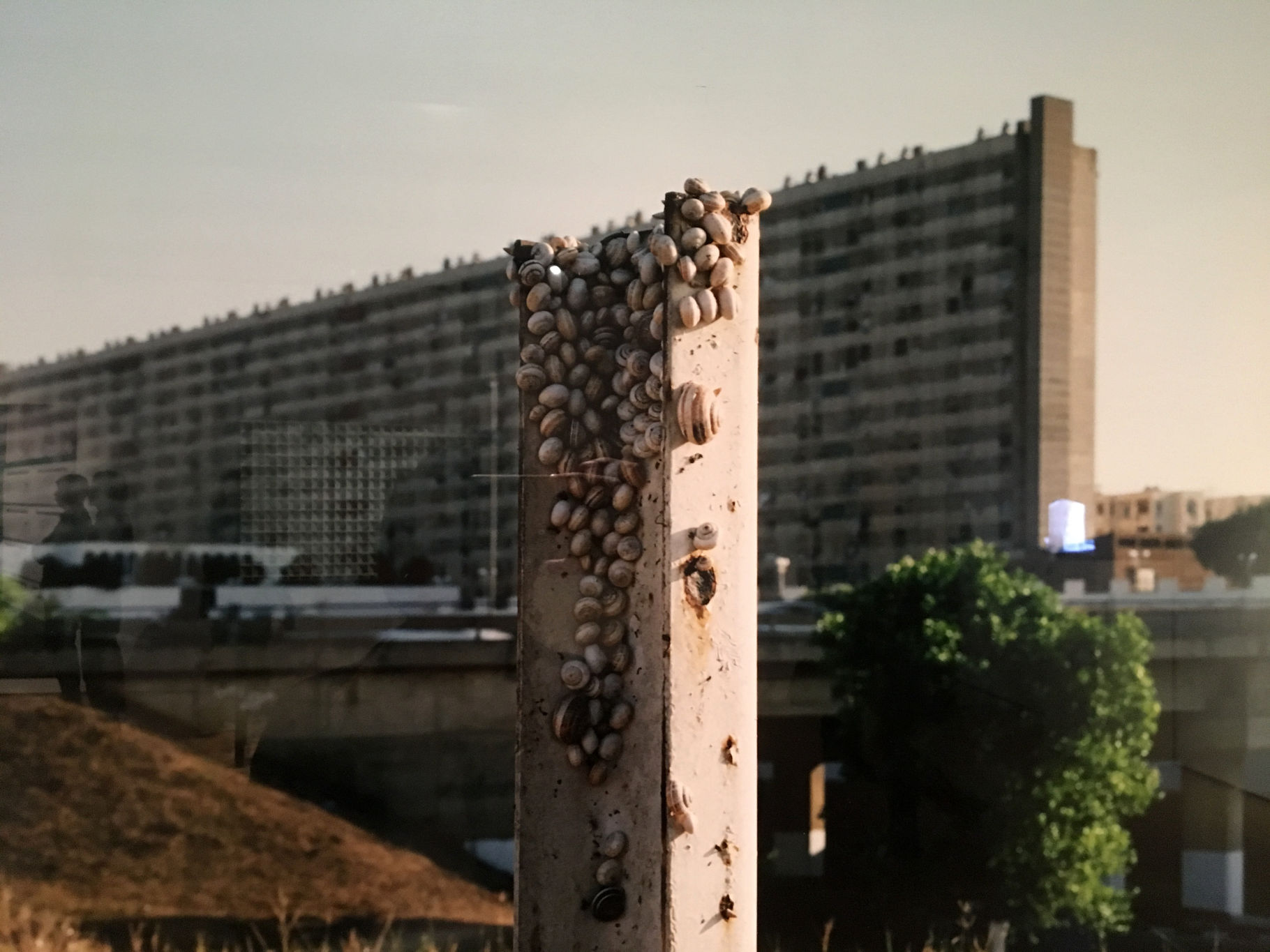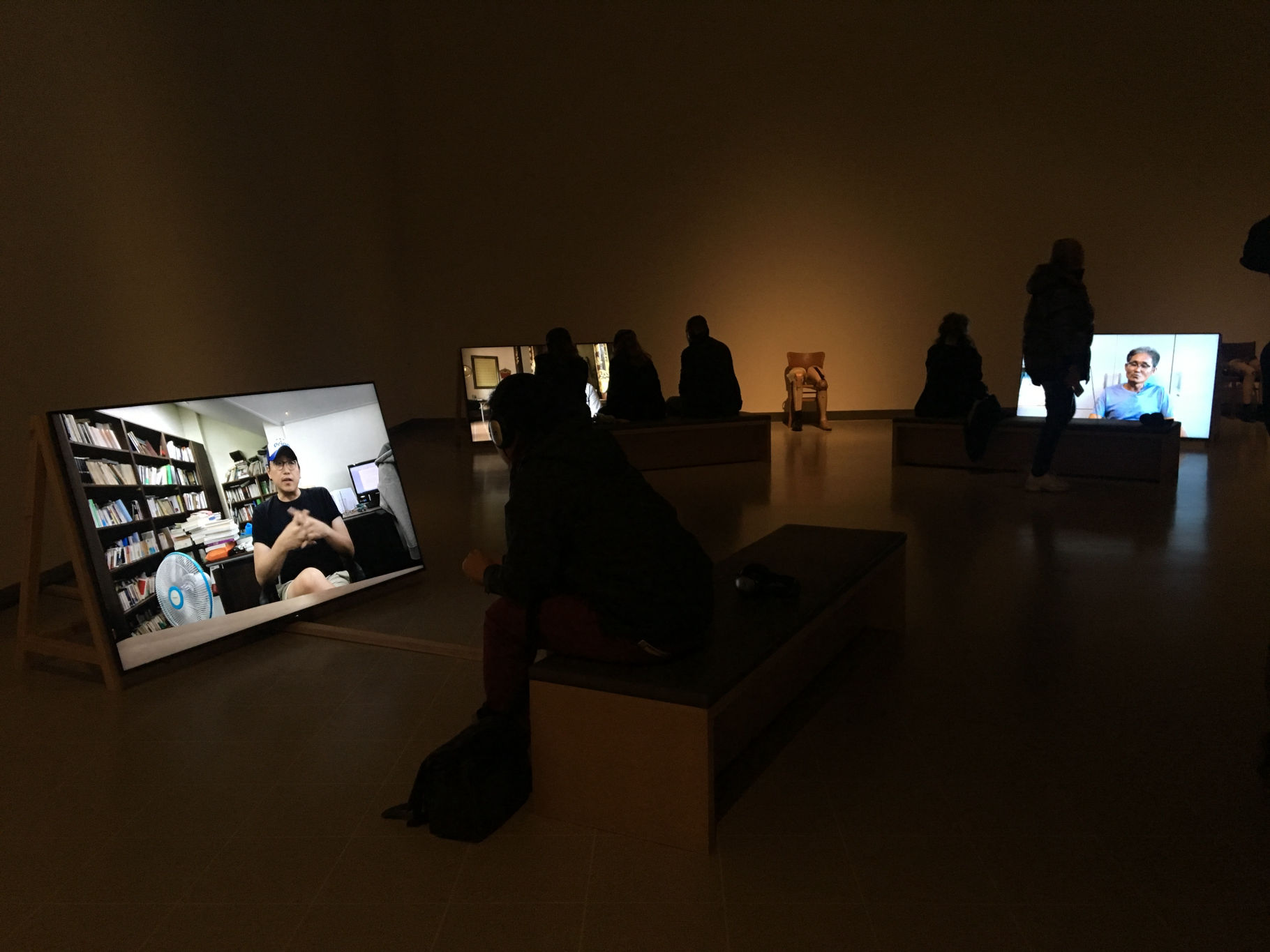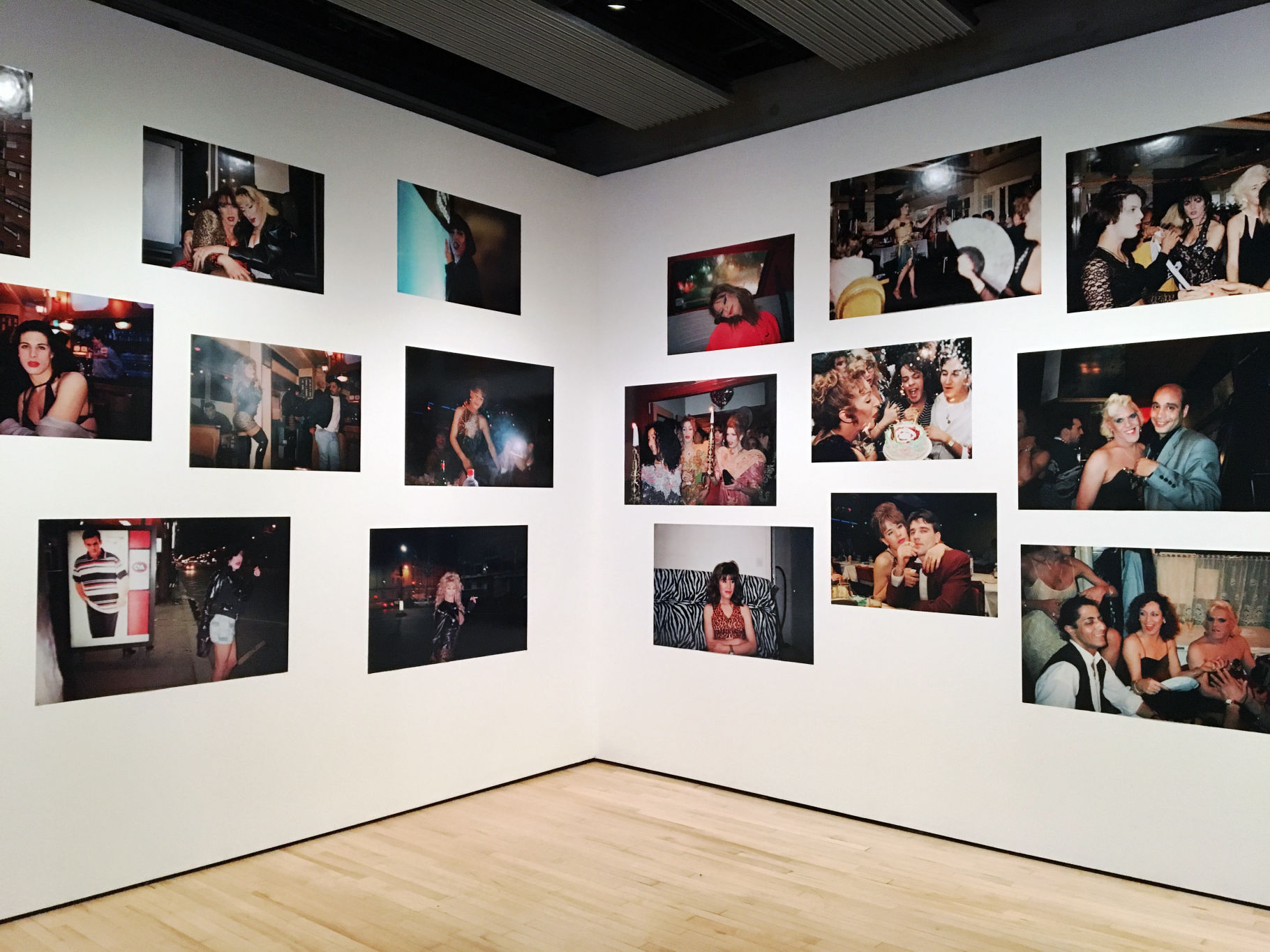

MUSEUM OF EMOTIONS was a solo exhibition by Kader Attia, featuring a wide variety of works including videos, photographs, sculptures, collage, collections, installations, and found materials.
The show demonstrates the artist's openness to form and material which reflects my own approach to making, as well as an interest in a number of overlapping themes, including urban spaces, communities, memories, and sociopolitical issues, altogether blending into an exploration of stories and ideas relevant today.
Through a selection of works below, I will attempt to illustrate some of the key elements of this exhibition.

The Repair from Occident to Extra-Occidental Cultures (2012)
This monumental installation features hundreds of collected and commissioned items presented as artefacts and exhibited on storage shelves and cabinets of curiosity typically used by museums. Through books, photographs, sculptures, illustrations, and medical tools - all sourced from different places and time periods - the work aims to visualise attitudes to remedy and repair in the context of broken objects as well as human ailments and imperfections.
The collection of potentially symbolic and/or historic materials - typically through disparate fragments that eventually make up a whole - relates to my own practice which often includes an organic process of accumulation of images, data and/or objects through works like Attention and There Is No There, There.
The manifestation of trauma, which is recurring in the exhibit and occurs in this work through representations of fractured states, also echoes certain aspects of my own projects, from the personal expressions of anguish in found graffiti in works like Jeder Traum Hat Seinen Weg, to the visualisation of residual impact in the rough textures of crushed cans in Crush.

Snails (2009)
This image is a C-type print that captures a specific and seemingly odd detail from an urban landscape, set against the backdrop of a nearby housing block.
There seems to be a link between the living conditions of the snails in the centre of the frame and the unseen humans that exist behind it, perhaps as a metaphor for the way people often need to live in communities, despite often facing issues with overpopulation and lack of adequate housing for all.
The work reflects Attia's interest in spaces and documentary through photography, both elements that also exist within my own practice through works like Cracks.

Shifting Borders (2018)
This multi-screen video installation presents a group of people telling personal recollections during periods of conflict in Asia, from Korea to Japan and Vietnam, showing the lasting effects of certain human experiences.
Interestingly, the videos also highlight the fallibility of memory by showng differences in the stories from the same situations, with some details changing between people and over time.
Exploration of oral histories and communities, as well as residual trauma and memory, are recurring elements within my own practice, particularly through works like I Am Here Too.
Additionally, the presentation of the screens on the floor worked particularly well in this context, and I would be interested to explore similar installations in future video work.

The Landing Stip (2000-2)
This photographic work features dozens of images the captured the lives of undocumented Algerian immigrants in Paris, focusing on a group of transgender people working as prostitutes along a highway that resembles an airport runway.
Attia recorded a wide range of details from their everyday life, from friends and lovers, inside houses and outside on the streets, to the food, drinks and cigarettes they consumed.
The work attempts to humanise this community by showing them not in their traumatic and dire situations, which is certainly part of their realities, but rather in those inbetween moments of joy and hope that complete their experience.
This interest in communities, perspectives and the documentary tradition relates to my own aspiration with my practice, although I am yet to fully embed myself to the full extent that Attia was able to do with this project.

The Body's Legacy, Part 2: The Postcolonial Body (2018)
This video presents a collection of opinions and narratives told directly to camera, a recurring device in the moving images from this exhibit. The participants discuss the impact of a widely circulated CCTV footage from a controversial incident of police brutality in France, referred to as the "Theo" affair.
Featuring academics, activists and community leaders, the video offers insights into complex notions surrounding the reading of mass media images, institutional racism, colonialism, migration, integration and other related themes.
In particular, at a time of social media and rapid circulation of images, one speaker warned: "An image on its own can say nothing, or it can say anything. An image on its own is not enough."
This idea resonated with me and made me think about the production and consumption of images, and how like all forms of communication, there is always a possibility for misuse, misinterpretation, and a corruption of meaning.
This, alongside the interest in sociopolitical themes, resonate with some topics I wish to explore in my own works.